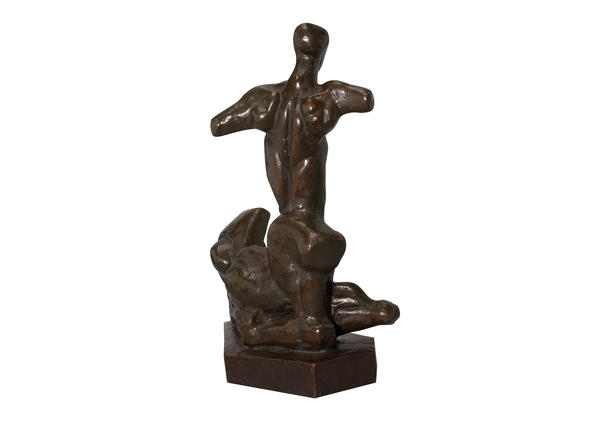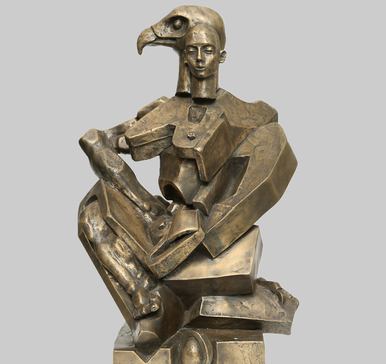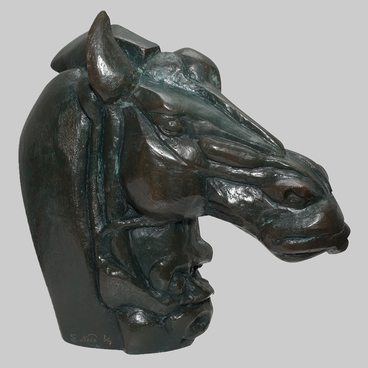When he left the Soviet Union in 1976 to physically survive and keep his artistic freedom, Ernst Neizvestny settled in the United States. It was his US period that helped him fully utilize his artistic potential. He worked hard producing whole series of sculptures and graphics.
Ernst Neizvestny’s works can be found in the world’s most famous galleries where they invariably are a success. From the technical perspective, the artist’s works increasingly gained perfection over time.
The centaur became the most frequently used metaphor in the sculptor’s work. It is a mythical character, which he resorted to from time to time during his artistic career. Neizvestny’s sculptures displayed by the museum include a few centaurs and a feminine personification of a human-horse, the Centauress as well. To Neizvestny, this mythical creature became a proof of his theory of human nature duality.
The avant-garde artist was called a centaur by his friends who knew about his favourite metaphor. The sculptor viewed himself as an artistic bridge between East and West, which, from his perspective, was in conformity with the dual nature of the mythical creature.
Ernst Neizvestny’s works can be found in the world’s most famous galleries where they invariably are a success. From the technical perspective, the artist’s works increasingly gained perfection over time.
The centaur became the most frequently used metaphor in the sculptor’s work. It is a mythical character, which he resorted to from time to time during his artistic career. Neizvestny’s sculptures displayed by the museum include a few centaurs and a feminine personification of a human-horse, the Centauress as well. To Neizvestny, this mythical creature became a proof of his theory of human nature duality.
The avant-garde artist was called a centaur by his friends who knew about his favourite metaphor. The sculptor viewed himself as an artistic bridge between East and West, which, from his perspective, was in conformity with the dual nature of the mythical creature.




